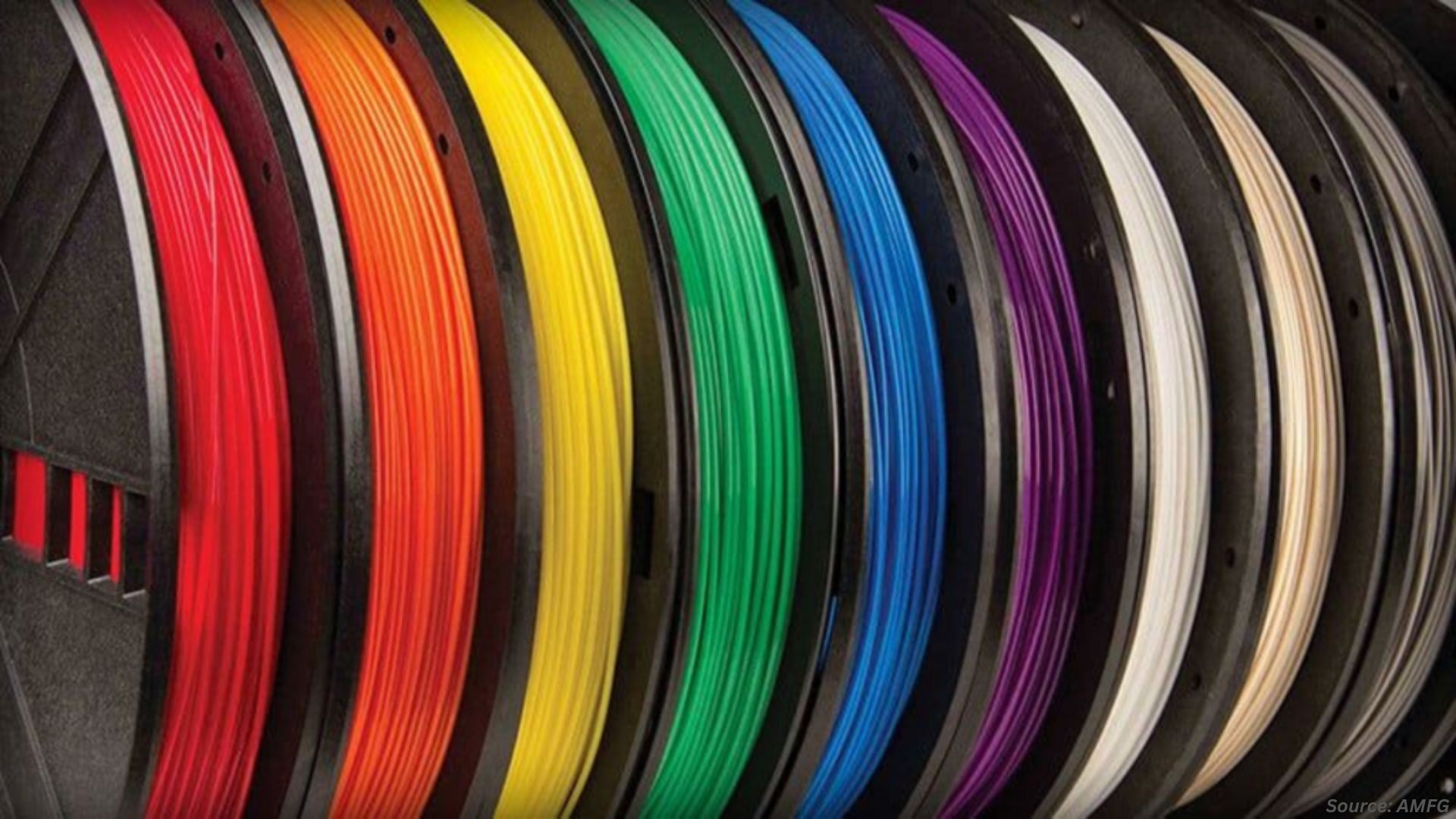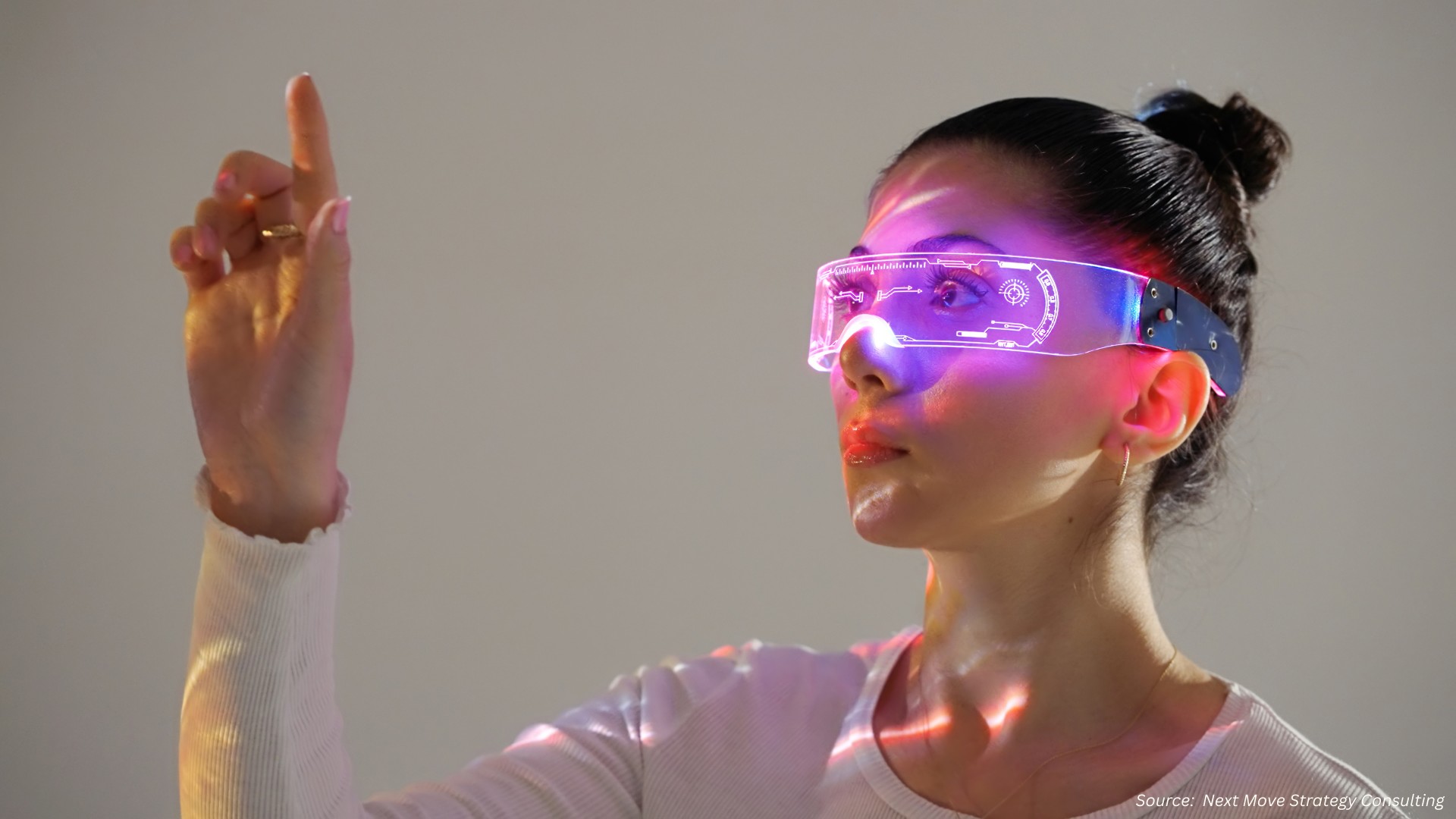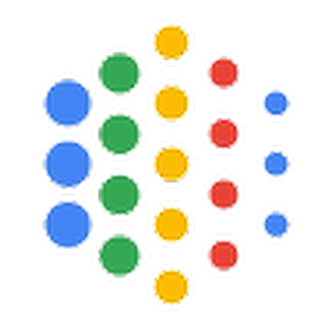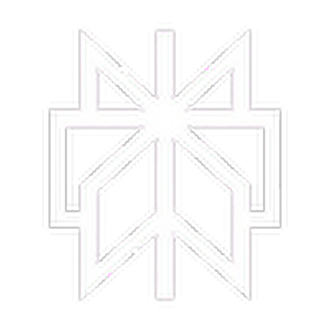
Smart Glass Market by Technology (Active and Passive), by Application (Construction, Automotive & Transportation, Aerospace, Marine, Consumer Goods, Power Generation, and Others), and by End User (Automotive, Architectural, Avionics, Others) - Global Opportunity Analysis and Industry Forecast 2024-2030
Market Definition
Global Smart Glass Market size was valued at USD 6.02 billion in 2023 and is expected to reach USD 11.74 billion by 2030, with a CAGR of 10.0% from 2024 to 2030.
Smart glass, also known as switchable glass or light control glass can adjust its light transmission capabilities in reaction to environmental elements such as temperature, voltage, or light. For instance, the transparency of these glasses changes from clear to translucent or opaque and vice versa, providing privacy as well as energy savings in residential and commercial structures. These glasses are also used in a variety of applications such as architecture, electronics, automotive, aircraft and others. Smart glass-based mirrors and windows can significantly reduce glare that in turn minimizes accidental risks.
Market Dynamics and Trends
The demand for smart glass is increasing due to its skyrocketing demand in hospitals, restaurants, and other commercial buildings as these glasses can effortlessly transform the indoor experience by providing an outside view while also protecting environmental sustainability. Various automotive companies, and aerospace manufacturers are also collaborating with smart glass makers to integrate other technologies such as electronic tint control in order to block damaging ultraviolet rays from entering into the vehicle or the aircraft. Other factors that are influencing the market growth are increasing number of government initiatives such as the European Union's green building initiative (2019) and the building energy conservation act (1980). Such policies and initiatives are expected to promote the growth of smart glass market in the forecast period.
However, high production cost associated with smart glass, availability of substitutes such as decals & coatings, as well as chemical glazes along with lack of awareness about the innovations by glass manufacturers are the factors restraining the growth of market to certain extent. On the other hand, increasing potential of smart glass in solar power generation plants is expected to offer lucrative growth opportunities to the market players in the coming future.
Market Segmentations and Scope of the Study:
The smart glass market is segmented on the basis of technology, application, end user, and geography. On the basis of technology, the market is divided into active and passive. The active is further sub-segmented into electrochromic glass, suspended particle device (SPD), polymer dispersed liquid crystals (PDLC), micro-blinds, and nanocrystals. The passive is further sub-segmented into photochromic glass and thermochromic glass. On the basis of application, the market is classified into construction, automotive& transportation, aerospace, marine, consumer goods, power generation, and others. The construction industry in sub-segmented into residential and commercial. On the basis of end user, the market is divided into automotive, architectural, avionics, and others. Geographic breakdown and analysis of each of the aforesaid segments includes regions comprising of North America, Europe, Asia-Pacific, and RoW.
Geographical Analysis
North America holds the lion share of smart glass market at present and is expected to continue dominating the market during the forecast period. This is attributed to rapid technological improvements such as emergence of Electrochromic technology and Polymer Dispersed Liquid Crystal (PDLC) that are used in the manufacturing of active smart glass, along with adverse weather conditions that require windows in cars, buildings and aircrafts to be durable and energy efficient in this region.
However, the market across Asia-Pacific region is expected to witness a steady rise and is predicted to continue growing during the projection period due to surge in the demand for smart glass in electronics and transportation industry. In addition, the demand for light control glass in the Asia-Pacific region due to its applications in commercial construction, and architecture are expected to influence the growth of smart glass market in this region.
Competitive Landscape
The smart glass market comprises of various market players such as Saint-Gobain, Asahi Glass.l, NSG Group, Xiaomi, Huawei, Merck KGaA, View Inc, Smart Glass International, RavenWindow, Gauzy and others. These market players are emphasizing on strategic alliances with automotive and aerospace component makers, as well as mergers, acquisitions, and product development initiatives.
For instance, in September 2021, Xiaomi launched new series of Smart Glasses. Xiaomi’s Smart Glasses are powered by a quad-core ARM processor and runs on Android. They also use MicroLED imaging technology, that is known for having a higher brightness and longer lifespan than OLED. Also, in December 2021, Huawei launched new smart glasses powered by Harmony OS. These smart glasses allow simultaneous connection of two devices, where the user can switch between the two with a one-key setting. Its also has touch controls that helps to take phone calls, play or pause music, and even switch audio lanes with a flick of the finger.
Key Benefits
-
The smart glass market report provides the quantitative analysis of the current market and estimations through 2022-2030 that assists in identifying the prevailing market opportunities to capitalize on.
-
The study comprises a deep dive analysis of the smart glass market trend including the current and future trends for depicting the prevalent investment pockets in the market.
-
The information related to key drivers, restraints and opportunities and their impact on the smart glass market is provided in the report.
-
The competitive analysis of the market players along with their market share in the smart glass market.
-
The SWOT analysis and Porters Five Forces model is elaborated in the study.
-
Value chain analysis in the market study provides a clear picture of the stakeholders’ roles.
Key Market Segments
By Technology
-
Active
-
Electrochromic Glass
-
Suspended Particle Device (SPD)
-
Liquid Crystals (LC)
-
Micro-blinds
-
Nanocrystals
-
-
Passive
-
Photochromic Glass
-
Thermochromic Glass
-
By Application
-
Construction
-
Residential
-
Commercial
-
-
Automotive & Transportation
-
Aerospace
-
Marine
-
Consumer Goods
-
Power Generation
-
Others
By Geography
-
North America
-
U.S
-
Canada
-
Mexico
-
-
Europe
-
UK
-
Germany
-
France
-
Italy
-
Spain
-
Rest of Europe
-
-
Asia-Pacific
-
China
-
India
-
Japan
-
South Korea
-
Australia
-
Rest of Asia-Pacific
-
-
RoW
-
UAE
-
Saudi Arabia
-
South Africa
-
Brazil
-
Remaining Countries
-
Key Market Players
-
Saint-Gobain
-
Asahi Glass
-
NSG Group
-
Xiaomi
-
Huawei
-
Merck KGaA
-
View Inc
-
Smart Glass International
-
RavenWindow
-
Gauzy
REPORT SCOPE AND SEGMENTATION:
|
Parameters |
Details |
|
Analysis Period |
2021–2030 |
|
Base Year Considered |
2021 |
|
Forecast Period |
2022–2030 |
|
Market Size Estimation |
Billion (USD) |
|
Market Segmentation |
By Technology (Active and Passive), by Application (Construction, Automotive & Transportation, Aerospace, Marine, Consumer Goods, Power Generation, and Others), and by End User (Automotive, Architectural, Avionics, Others) |
|
Geographical Segmentation |
North America (U.S., Canada, Mexico) Europe (UK, Germany, France, Italy, Spain, Rest of Europe), Asia-Pacific (China, India, Japan, South Korea, Australia, Rest of Asia-Pacific), Rest of the World (UAE, Saudi Arabia, South Africa, Brazil, Remaining countries) |
|
Companies Profiled |
Saint-Gobain, Asahi Glass, NSG Group, Xiaomi, Huawei, Merck KGaA, View Inc, Smart glass International, RavenWindow, Gauzy, Pleotint LLC, Polytronix, Research Frontiers, and others. |




















 Speak to Our Analyst
Speak to Our Analyst

























